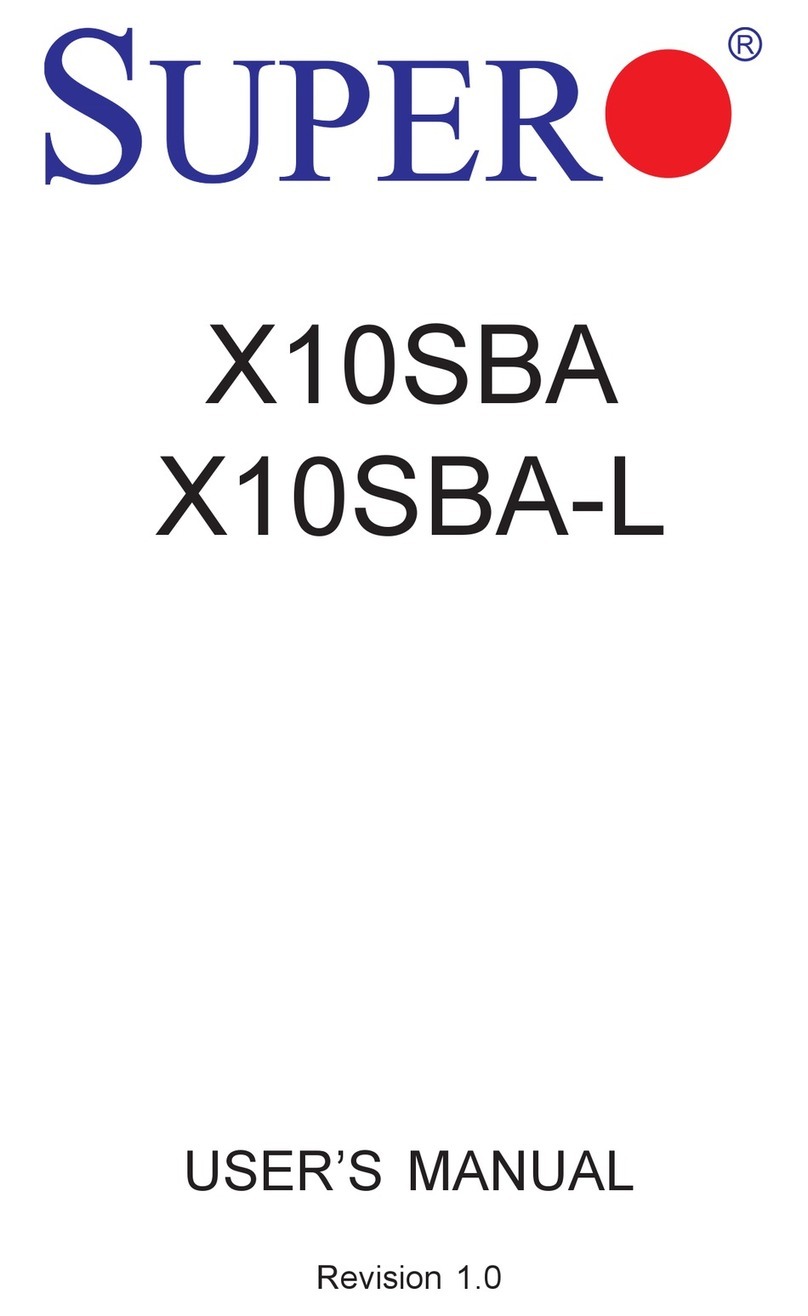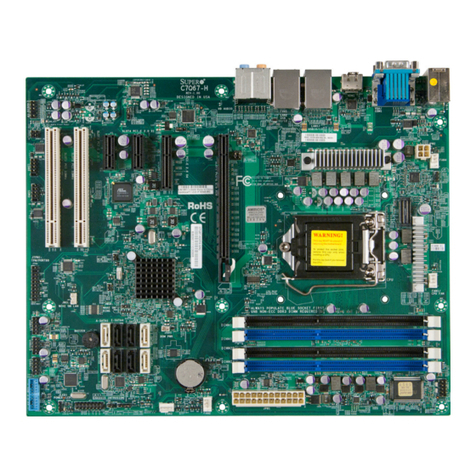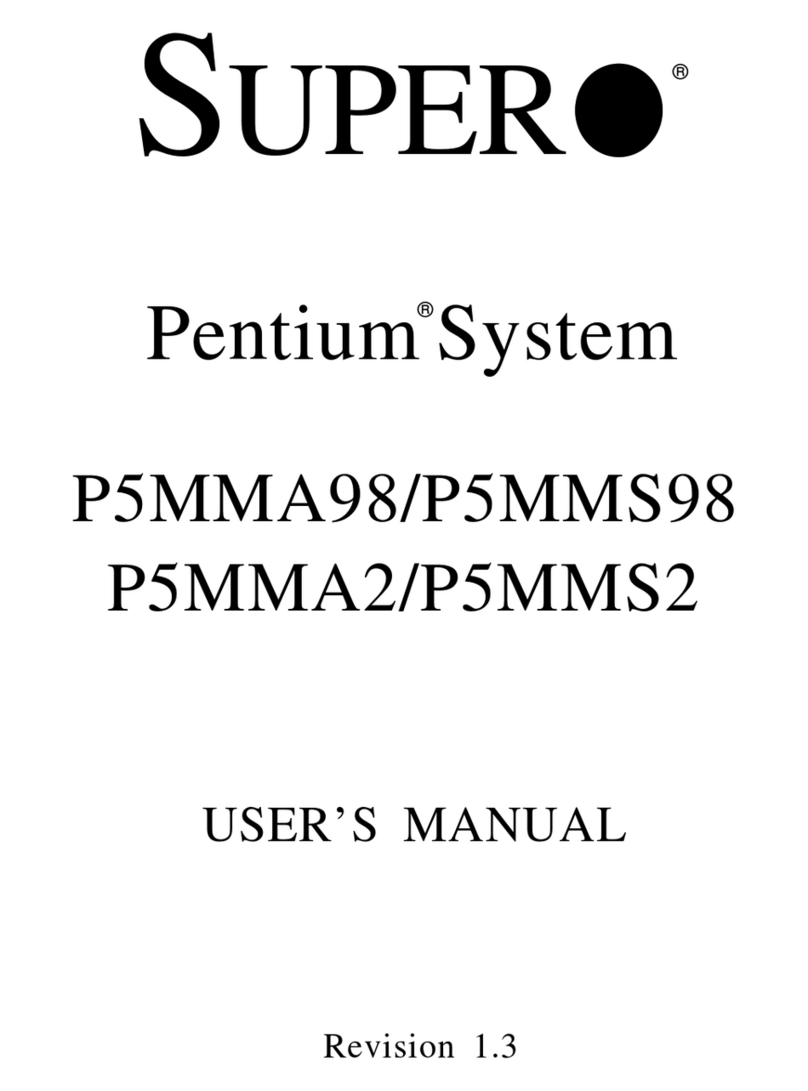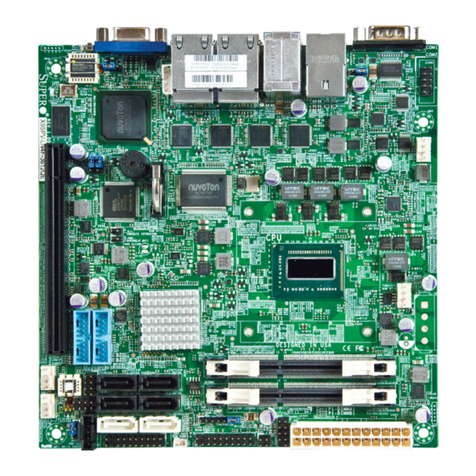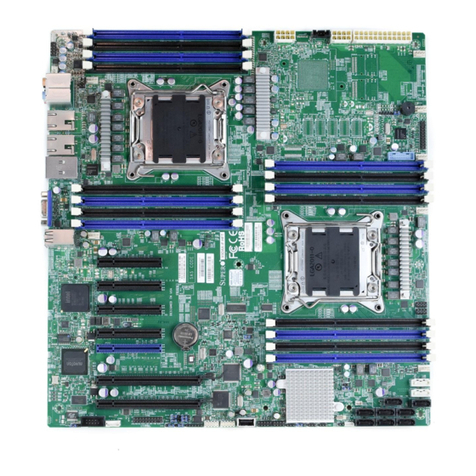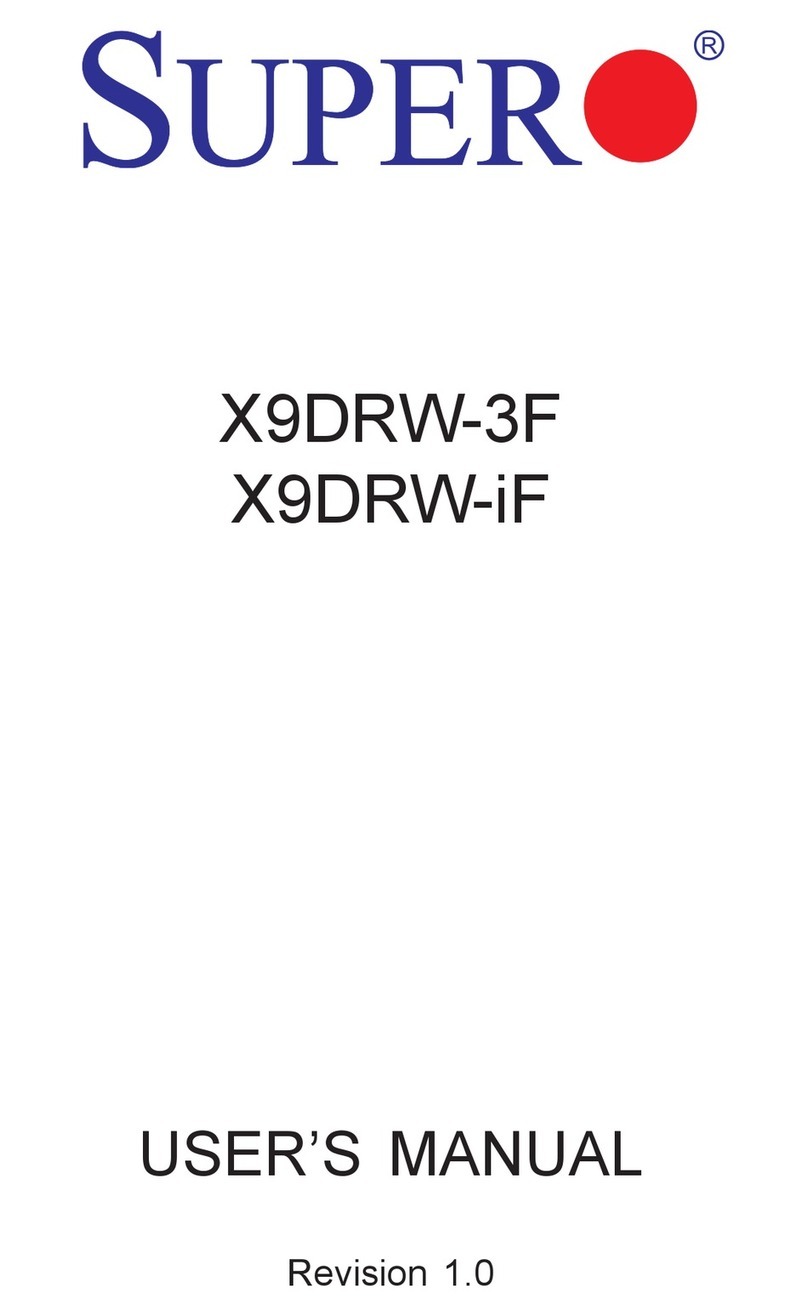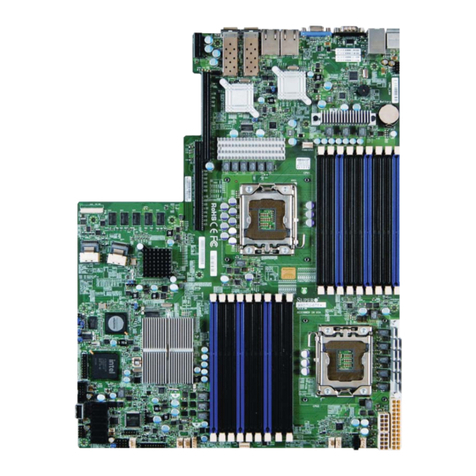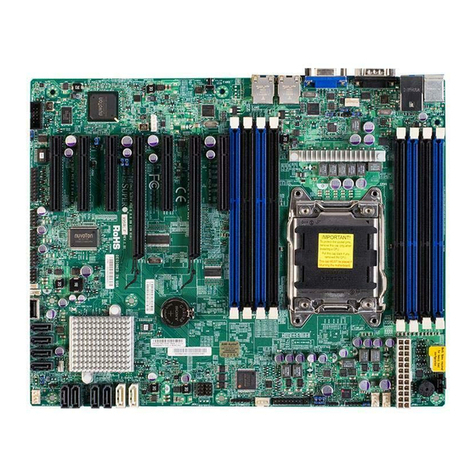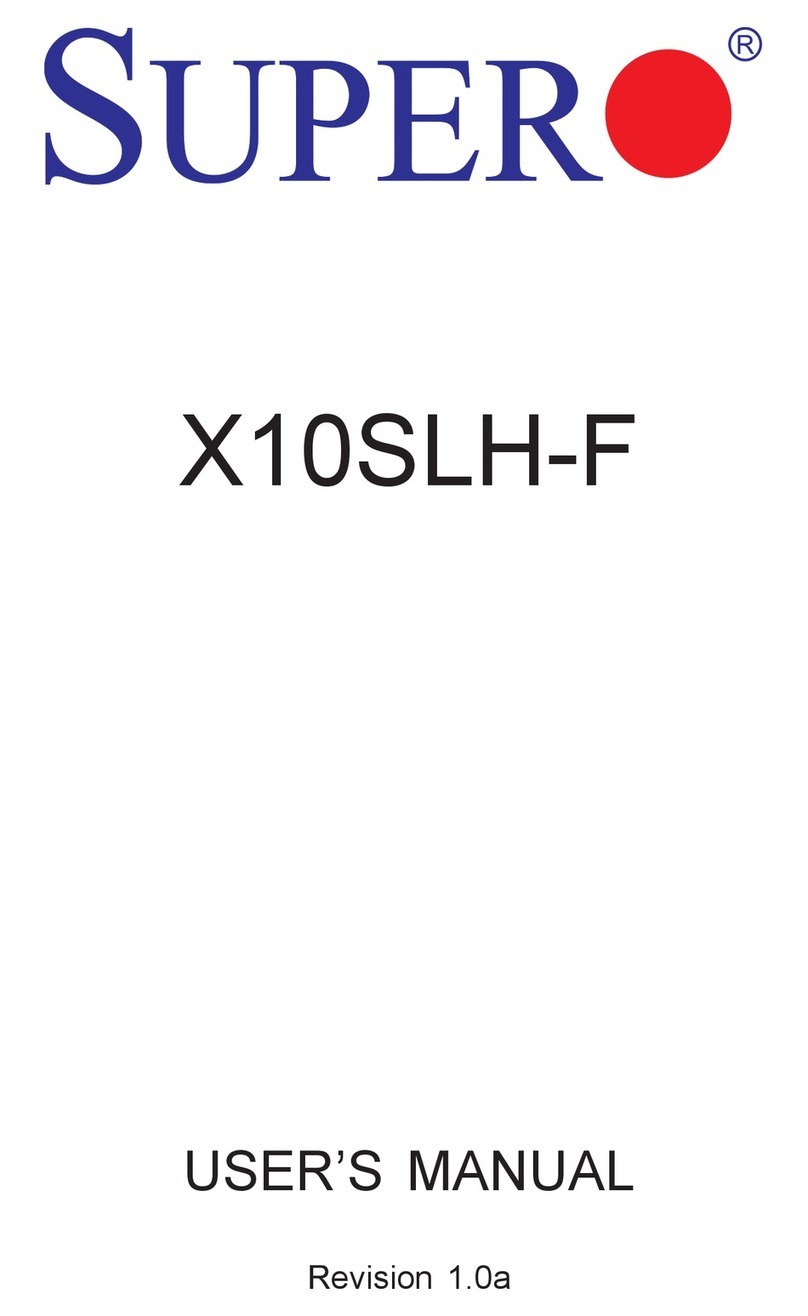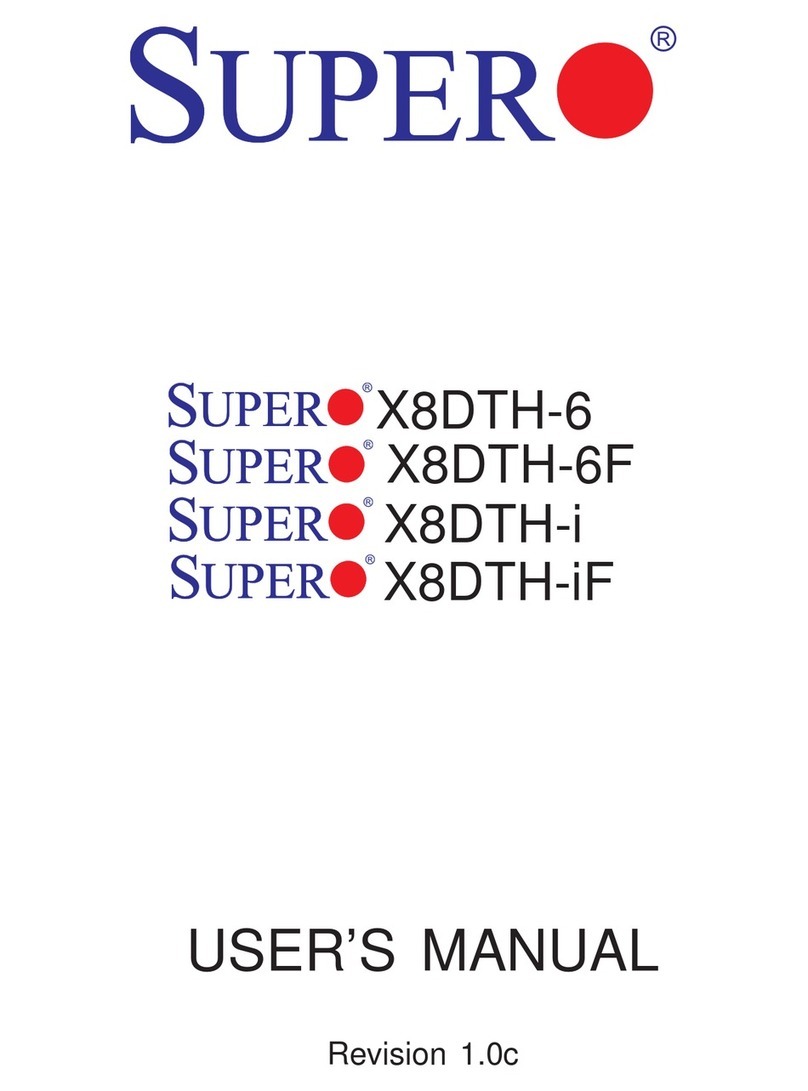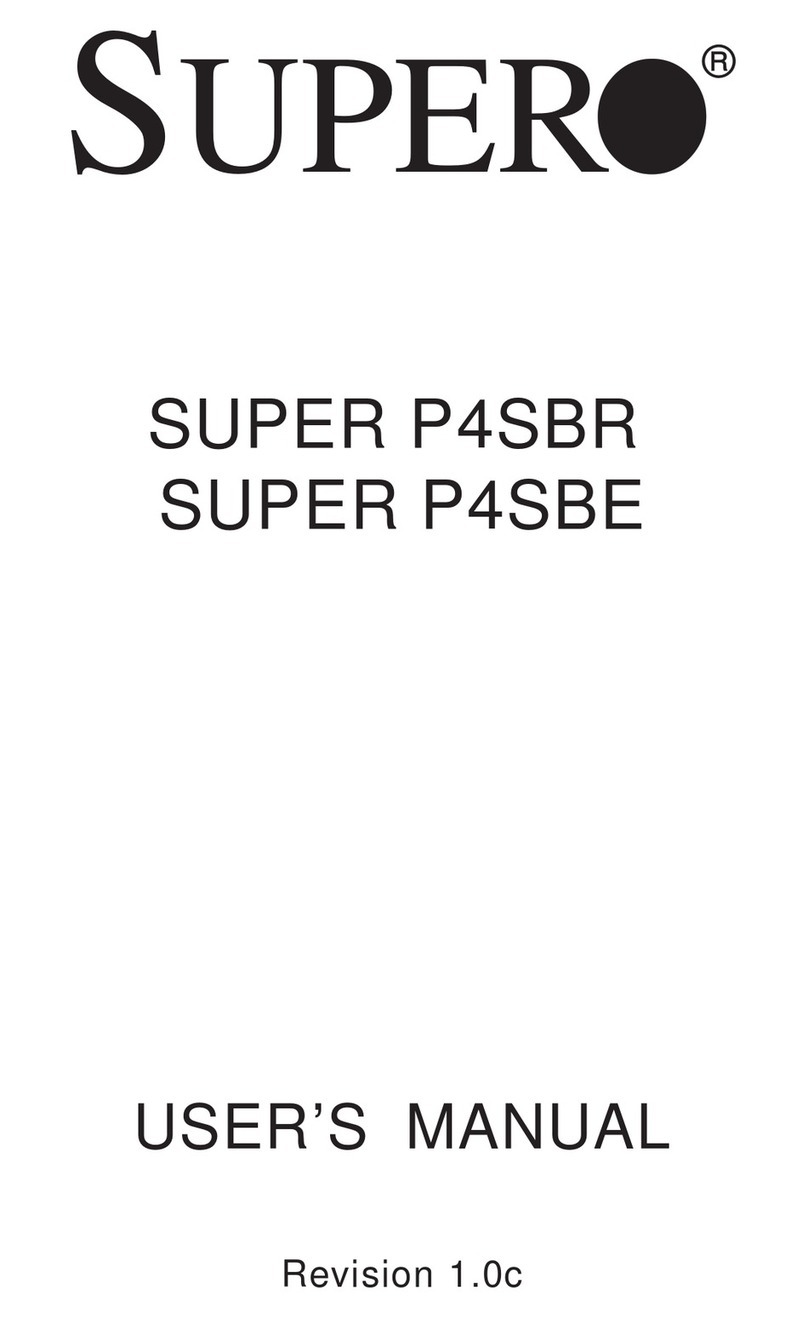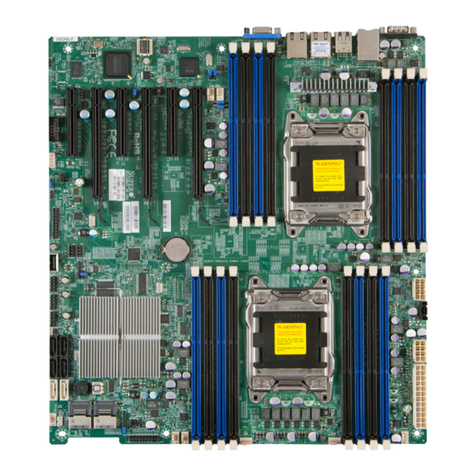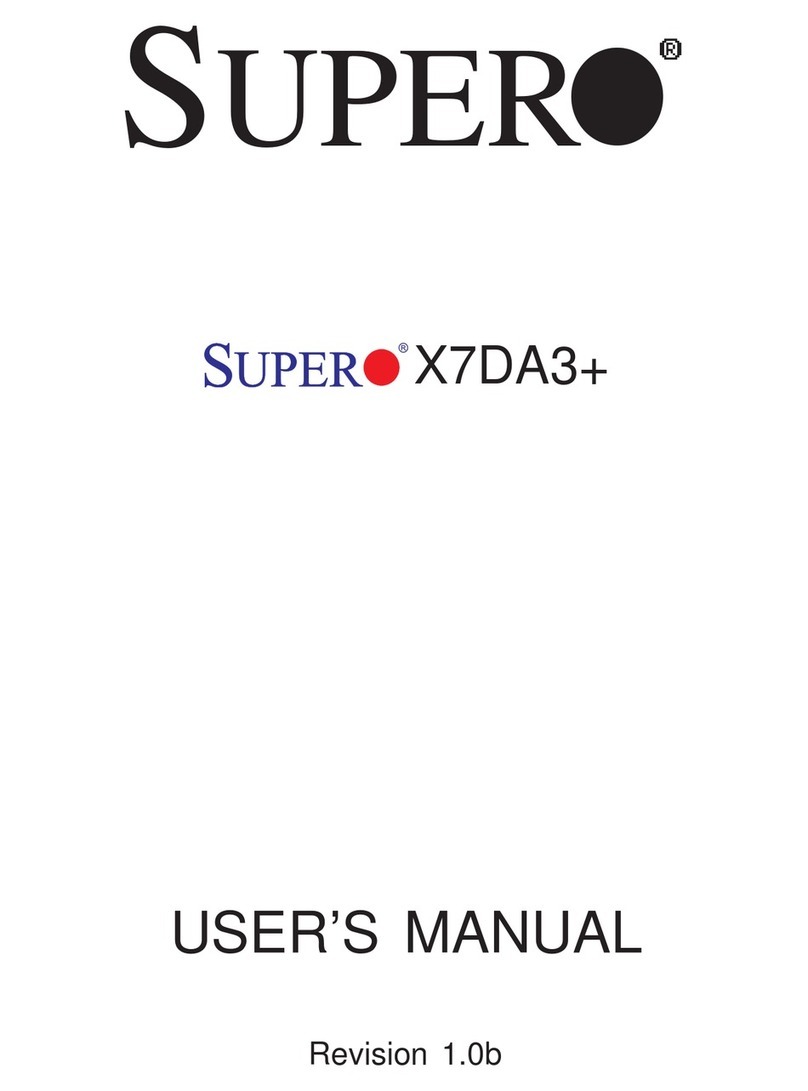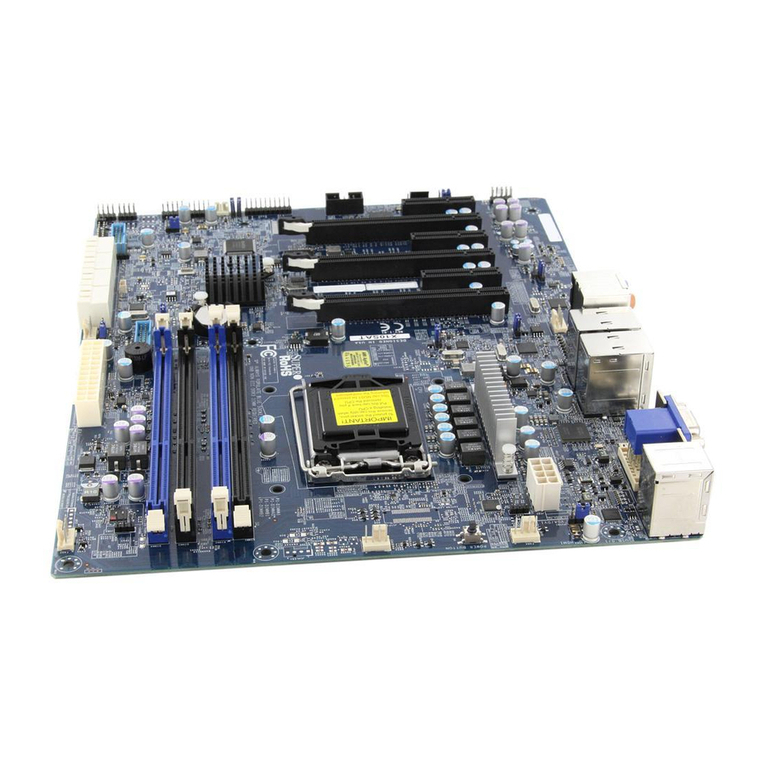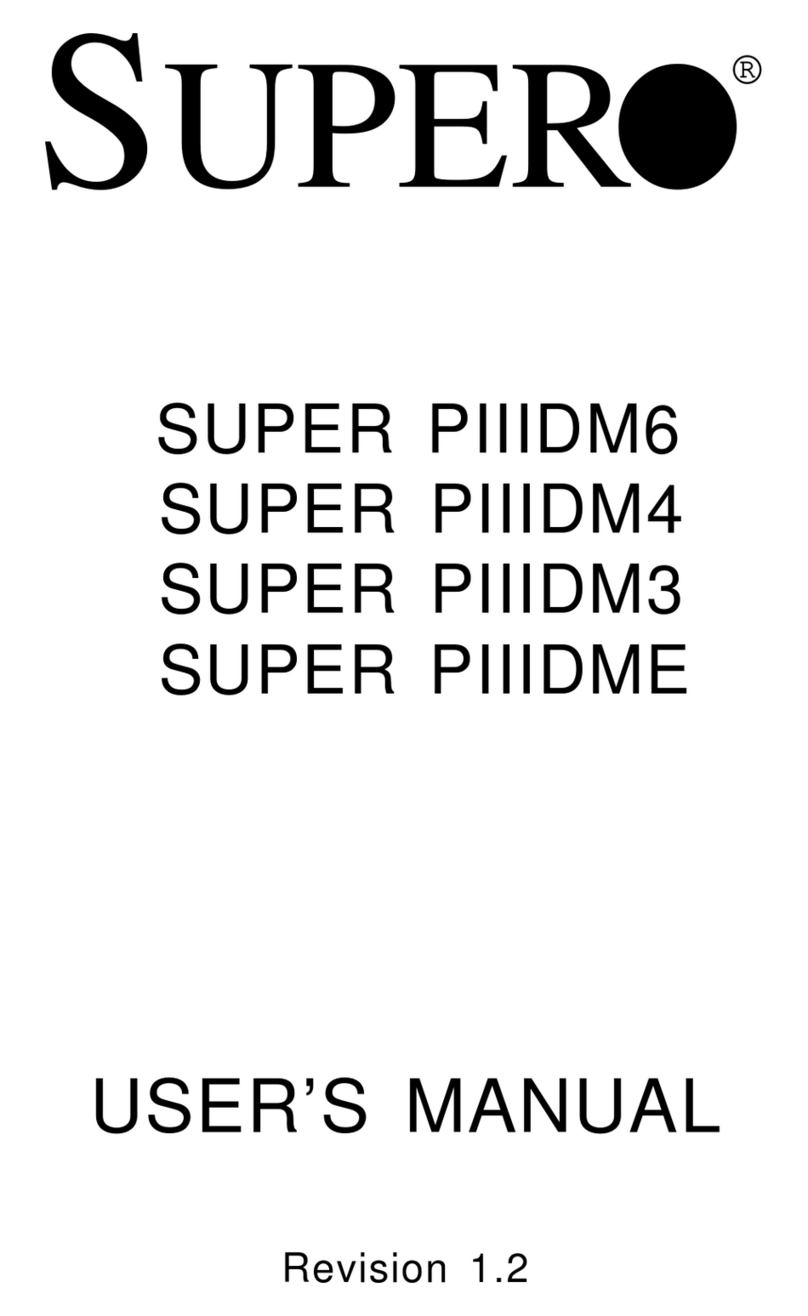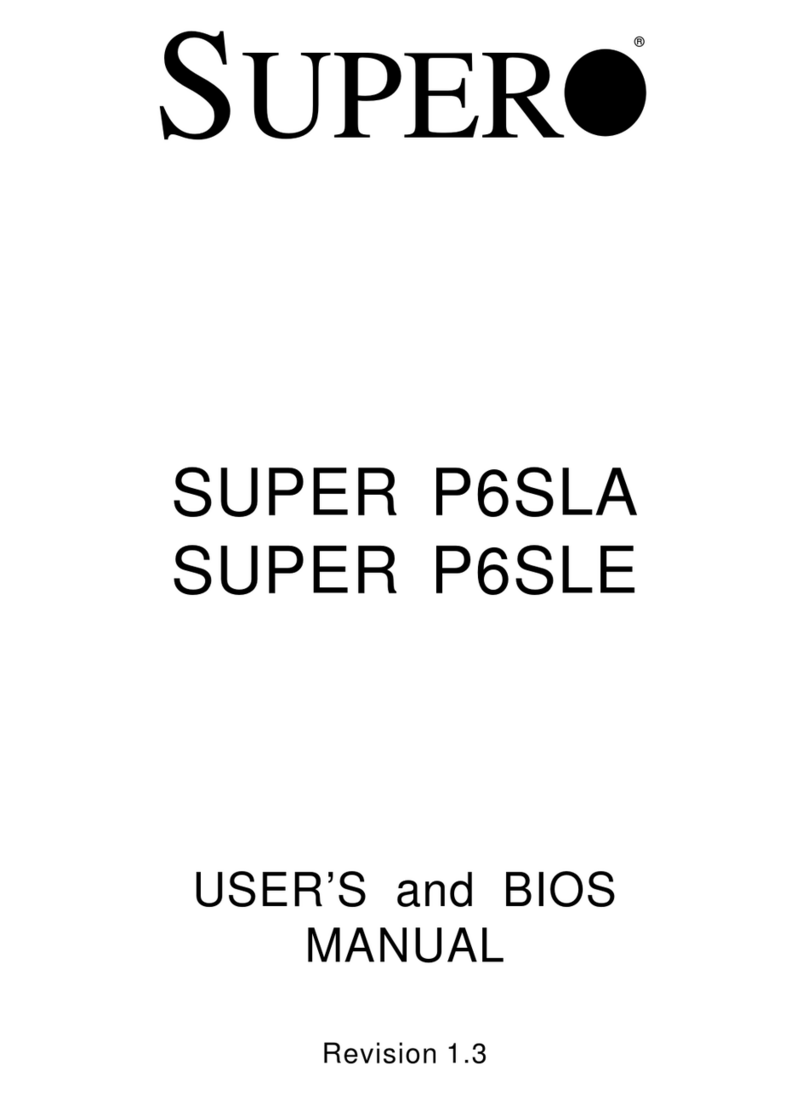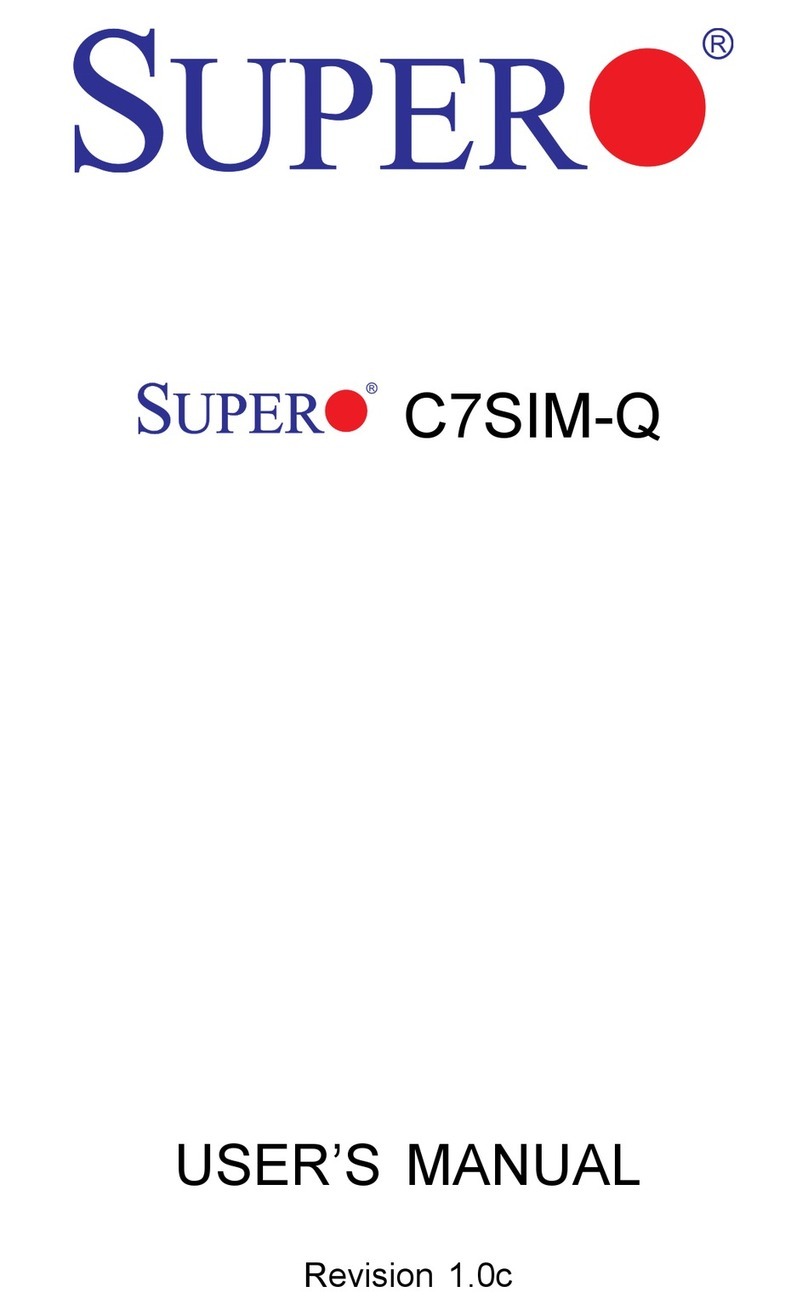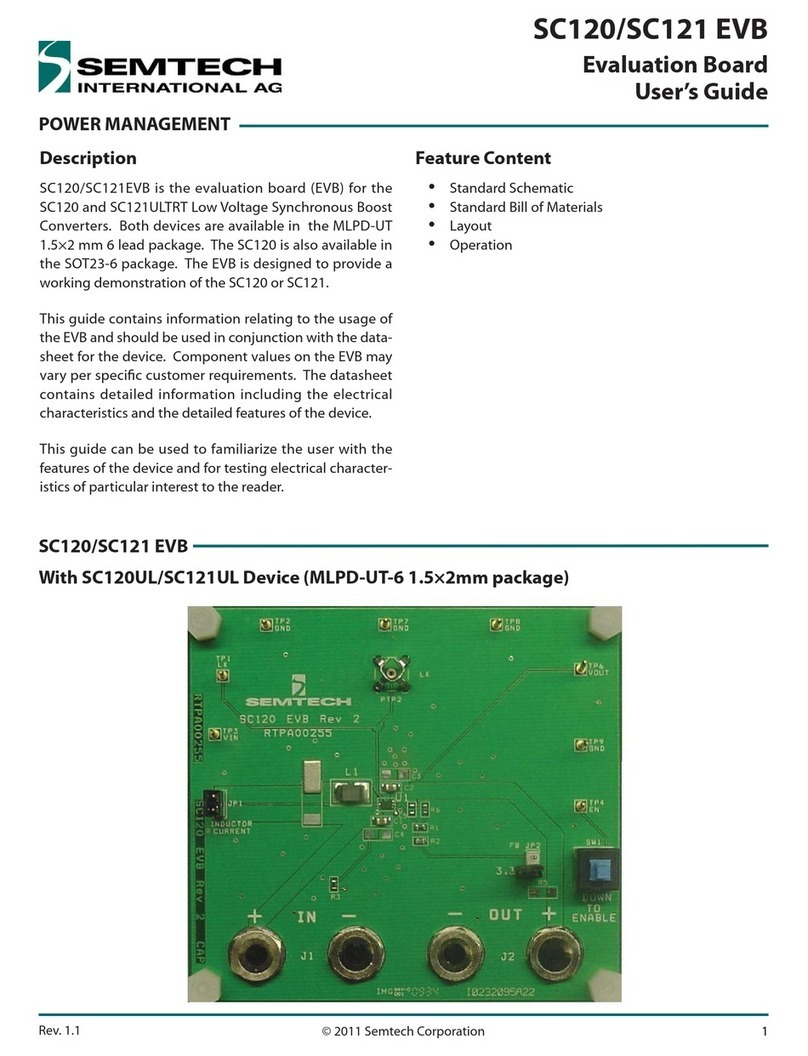
v
Table of Contents
USB Ports .............................................................................................. 2-11
USB Headers ......................................................................................... 2-12
Serial Ports ............................................................................................. 2-12
Fan Headers .......................................................................................... 2-12
JLAN1/2 (Ethernet Ports) ....................................................................... 2-12
Power LED/Speaker ............................................................................... 2-13
ATX PS/2 Keyboard/Mouse Ports .......................................................... 2-13
Chassis Intrusion .................................................................................... 2-13
Overheat LED ........................................................................................ 2-13
Wake-On-LAN ........................................................................................ 2-14
Wake-On-Ring ........................................................................................ 2-14
PWR I2C ................................................................................................. 2-14
IPMB ....................................................................................................... 2-14
3rd Power Supply Alarm Header ........................................................... 2-15
Compact Flash Card PWR Connector ................................................... 2-15
SGPIO .................................................................................................... 2-15
Power Fail Header ................................................................................. 2-16
2-7 Jumper Settings ............................................................................................ 2-16
Explanation of Jumpers ......................................................................... 2-16
CMOS Clear ........................................................................................... 2-17
3rd Power Supply Fail Detect Enable/Disable ....................................... 2-17
VGA Enable/Disable ............................................................................... 2-17
Watch Dog Enable/Disable .................................................................... 2-18
PCI-X Slot Freq. Select .......................................................................... 2-18
I2C to PCI Enable/Disable ...................................................................... 2-18
Compact Flash Master/Slave ................................................................. 2-19
SCSI Controller Enable/Disable ............................................................. 2-19
SCSI Termination Enable/Disable .......................................................... 2-19
2-8 Onboard Indicators ....................................................................................... 2-20
LAN1/LAN2 LEDs .................................................................................. 2-20
+5V Standby Power LED ....................................................................... 2-20
SCSI Activity LEDs ................................................................................. 2-20
2-9 Floppy, IDE, SATA and SCSI Drive Connections ......................................... 2-21
Floppy Connector ................................................................................... 2-21
IDE Connectors ...................................................................................... 2-22
SATA Ports ............................................................................................. 2-22
SCSI Connectors ................................................................................... 2-23
